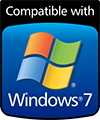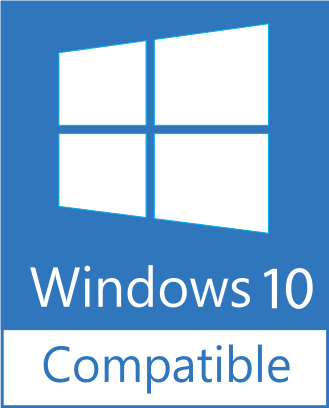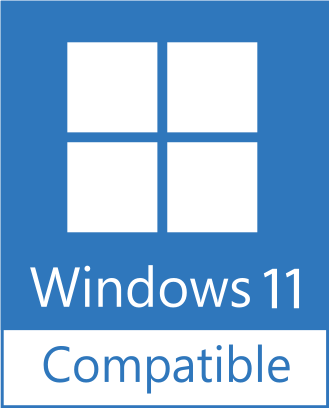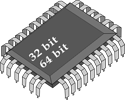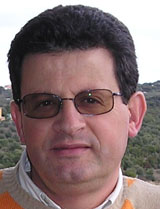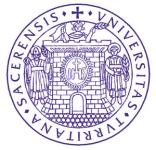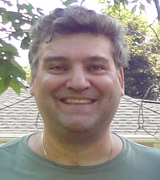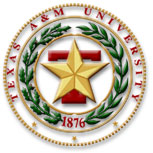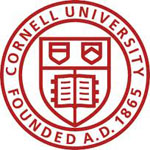
Description |
Sheep production is an economically important enterprise in many countries (FAO, 2003). Many feeding studies have been conducted with sheep to determine their requirements and dietary utilization. However, there are fewer diet evaluation systems for sheep than for cattle and they are often less developed, based on simpler approaches, and biologically more empirical than the cattle systems (Cannas, 2000). None of the sheep diet formulation systems except INRA (1989) were designed for use with dairy sheep.
Similarly, production of meat from goats, especially the Boer breed, has increased considerably during the last decade, becoming an important livestock enterprise in several parts of the world. Meat goats can also be used in crossbreeding programs to improve the quality and rate of growth of dairy goat male kids. The ease of adaptability to intensive or harsh extensive conditions ensures a high adoption of the Boer breed to produce animal protein for human consumption. The NRC (1981a) and the AFRC (1998) recommendations assumed similar energy and protein requirements between meat and dairy goats and no differences among breeds.
The SRNS model is the result of a joint collaboration among Texas A&M University, Cornell University, and Sassari University. The SRNS is a computer model to predict nutrient requirements of sheep and feed biological values on farms based on the structure of the Cornell Net Carbohydrate and Protein System (CNCPS) for Sheep. The SRNS predicts energy, protein, calcium and phosphorus requirements accounting for animal (BW, age, insulation, movement, milk production and composition, body reserves, mature weight, pregnancy) and environmental (current and previous temperature, wind, rainfall) factors. Feed biological values are predicted based on carbohydrate and protein fractions and their ruminal fermentation and passage rates, microbial growth, and physically effective fiber.
Dry matter intake is predicted separately for different sheep categories based on equations developed for sheep fed indoors and on pasture. Based on this information, the SRNS predicts the energy balance of the animals. Energy balance is used to predict body condition score and BW variations in adult sheep and the amount of milk produced mobilizing body reserves in lactating sheep. In growing sheep, based on the energy balance and on the relative size of the lambs, ADG and the composition of the gain (fat, protein, water plus minerals) are predicted.
For feed biological values, the SRNS predicts ruminal pH based on dietary effective fiber, rumen N and peptide balance, rumen and whole digestive tract digestibility of each nutrient, microbial and escape metabolizable protein, and the energetic cost of urea production and excretion. Fecal and urinary excretions for each nutrient are predicted as well.
Evaluations have indicated no mean bias in predicting OM and CP digestibility, and high accuracy in estimating changes in energy reserves for lactating ewes and ADG for growing lambs. The SRNS has been developed to improve the efficiency of converting feed nutrients to human food and the economical and environmental sustainability of small ruminant farms.
Download |
|
|
|
|
|
|
|
|||
The current version of the Small Ruminant Nutrition System is 1.13.9308.26276

|
What is new in SRNS versions later than 1.9?
|
![]()
Previous versions can be downloaded from here.
Registration |
Once the SRNS is installed on a computer, the program will run 10 times before it must be purchased and registered. You can register your copy by submitting the registration number in the Purchase page. Registration codes will not be given out until the cost of registering your copy is paid in full.
Developers |
Support |
Additional references are listed in the Publications web page.
Links |
|
|
|
|||||||||
